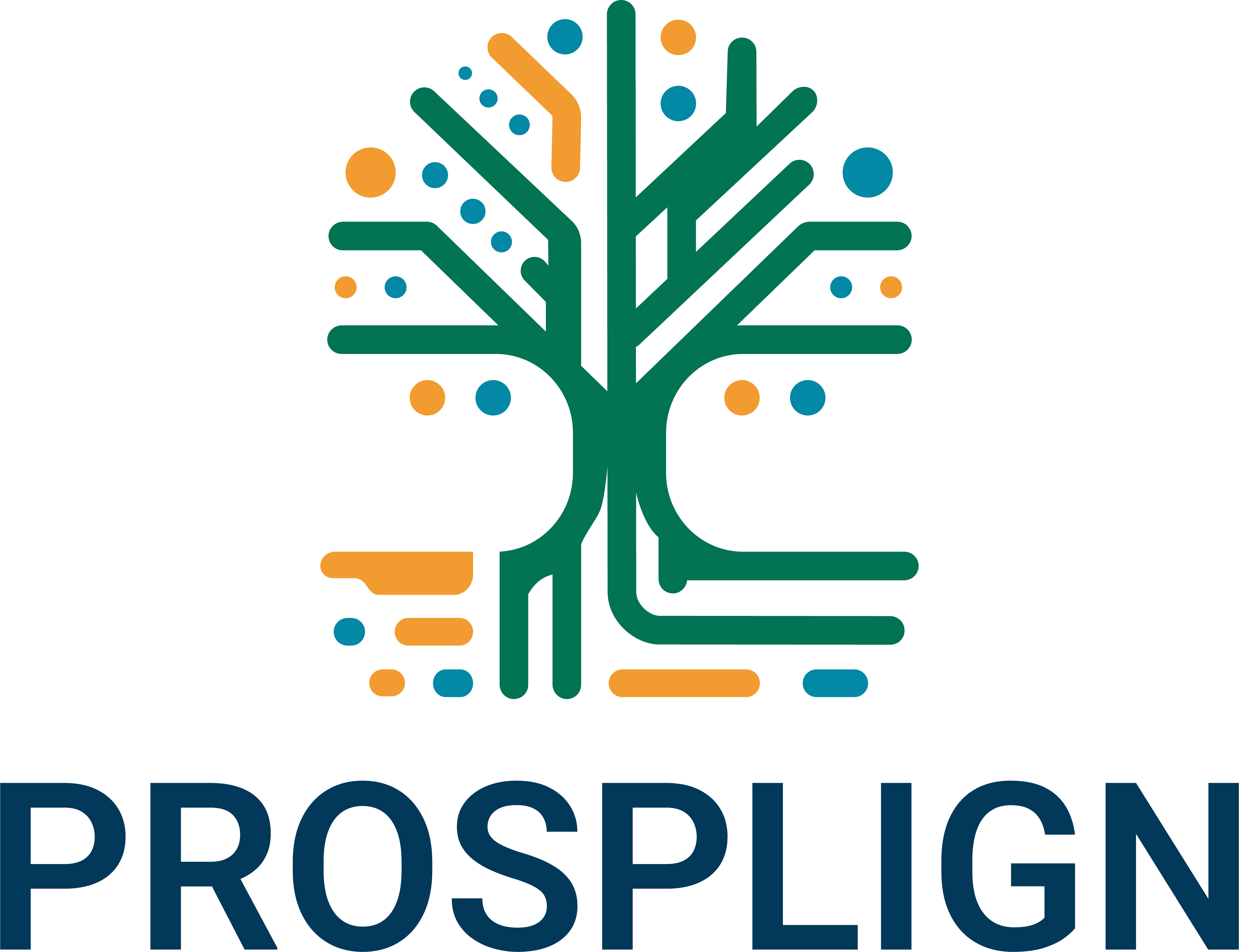Project
Our unique approach prioritizes the preservation
of lignin’s rich chemical functionality
The Project
The PROSPLIGN project – PROSPecting natural LIGNin biodiversity towards unlocking value-added bioactive motifs and molecules – is a European funded Research and Innovation Action project.
PROSPLIGN’s innovative approach lies within its core conceptualisation. Traditional lignin depolymerisation methods utilise forcing conditions which destroy lignin’s native rich chemical functionality and potential for bioactivity. The PROSPLIGN partners have designed an innovative set of research processes based upon mild, selective methods which preserve lignin’s native chemical diversity – unlocking the door to explore lignin as a resource for bioprospecting.
The Project
The PROSPLIGN project – PROSPecting natural LIGNin biodiversity towards unlocking value-added bioactive motifs and molecules – is a European funded Research and Innovation Action project.
PROSPLIGN’s innovative approach lies within its core conceptualisation. Traditional lignin depolymerisation methods utilise forcing conditions which destroy lignin’s native rich chemical functionality and potential for bioactivity. The PROSPLIGN partners have designed an innovative set of research processes based upon mild, selective methods which preserve lignin’s native chemical diversity – unlocking the door to explore lignin as a resource for bioprospecting.

Our Approch
- The key project objective is to apply state-of-the-art methodologies to prospect the bioactivity potential of lignin – a natural, abundant and sustainable biopolymer component of lignocellulosic biomass.
- First a desk-based review will categorise the types and sustainable plant sources of lignin to select the most promising options to be explored
The consortium will then prospect lignin’s bioactivity potential using:
* A combination of cutting-edge chemical and enzymatic lignin depolymerisation methodologies
* High-throughput bioactivity screening to identify lignin-derived bioactives
* Coupled with isolation, purification and characterisation of bioactives
* Bioactivity optimisation and validation of bioactives for commercial application
* Optimisation of production routes with support from multivariate data analysis - A preliminary Life Cycle Assessment (LCA) and Techno-economic Assessment (TEA) of the developed value chains will provide the consortium with valuable feedback to support optimisation of communication, exploitation and sustainability activities of the project.
- PROSPLIGN’s bioprospecting workflows will focus on the identification of compounds and validation of their potential for application in the pharmaceuticals, cosmetics and fragrances markets.
Project timeline
The PROSPLIGN project will run for three years. Each milestone represents a step in our research process and our common effort to unlock lignin’s bioactive potential and application.
First 9 different types of lignin sourced – KelAda
First mixtures of lignin fragments obtained from enzymatic depolymerisation – Helsinki University
First mixtures of lignin fragments obtained from chemical depolymerisation – KelAda
First set of purified bioactive compounds isolated from lignin mixtures fragments from both techniques and delivered to validation partners – Bern University
Bioactivity optimised for end-applications – Fundación MEDINA
Claimed benefits validated in each application - Fundación MEDINA
Techno-economic feasibility and environmental and health impacts assessment – University College Dublin
First Memorandum of Understanding signed with external party interested in the project’s Key Exploitable Result - Magfi
Lignin’s Potential
The project’s essence is its unique, integrative approach. While traditional methods of lignin extraction and processing often degrade its complex structure, PROSPLIGN’s innovative techniques aim to preserve and capitalize on its inherent chemical diversity. Our state-of-the-art methodologies, including both chemical and enzymatic depolymerization, are designed to carefully deconstruct lignin into bioactive components and validate those with the highest potential for application in pharmaceuticals, fragrances and cosmetics industries.



